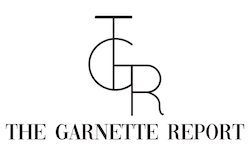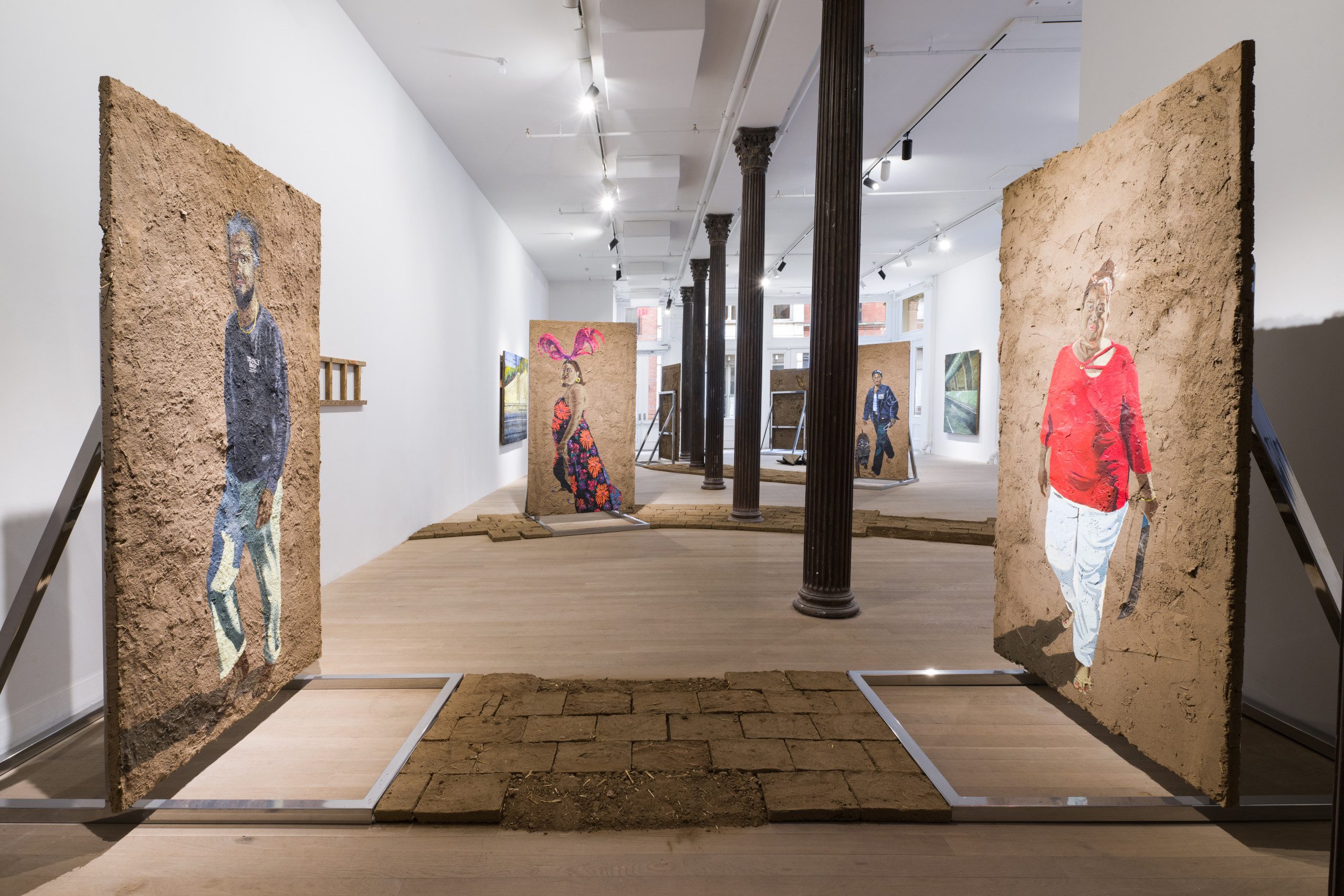
rafa esparza: Camino
An artist proficient in painting, installation, and performance, Rafa Esparza crafts pieces that confront established power structures by intertwining specific locations and the nature of materials. His latest exhibition (and his NYC debut), Camino, is an evocative take on the urban planning system of the US. The creation titled “Pathway” immerses spectators in an experience that dismantles the physical aspects of the Arroyo Seco stretch along the 110 Freeway in Los Angeles – the initial freeway built in the western US.
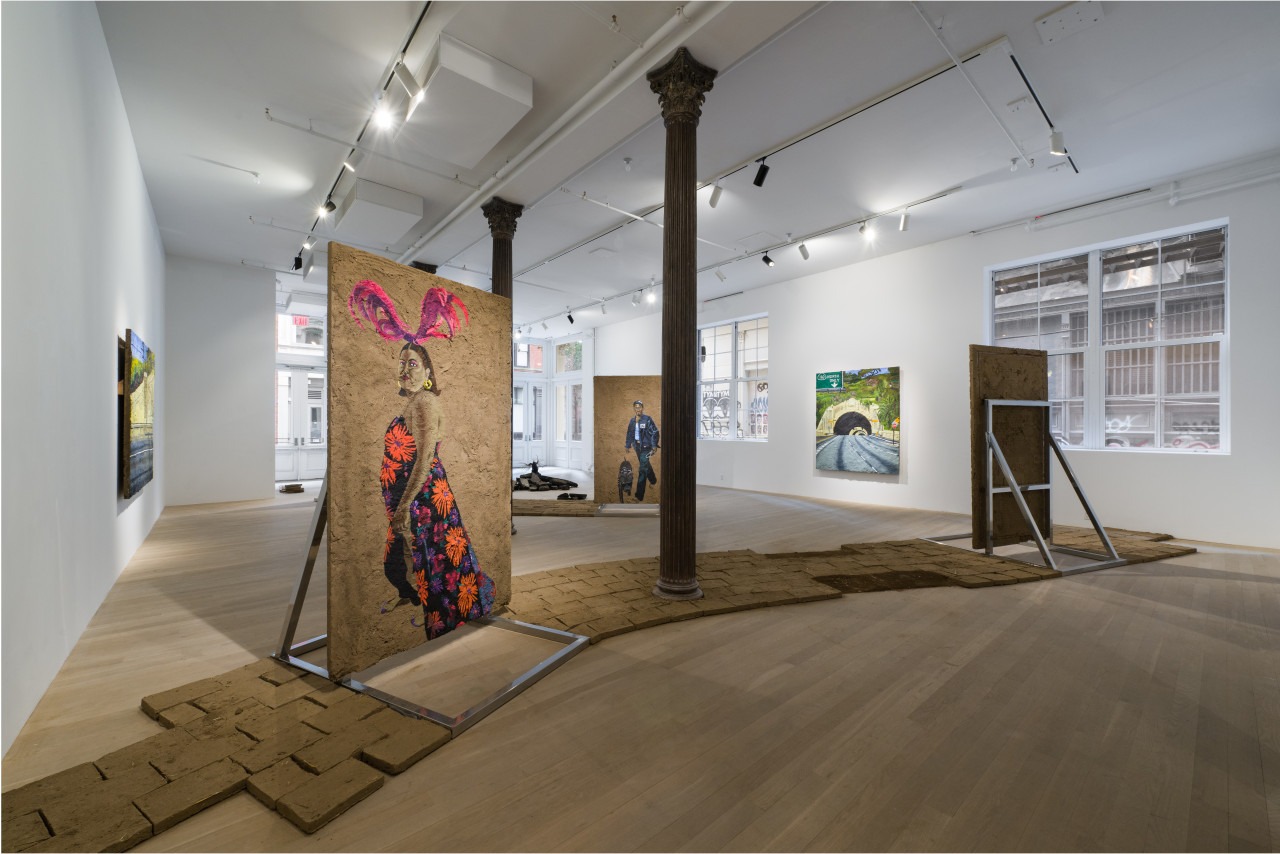
While considered a systematic marvel for its infrastructure and mobility, for Esparza, the freeway has a far darker story. For him, the freeway stands as a living testament to what the artist labels as “the sheer impact of infrastructural design that fractured Los Angeles,” primarily affecting marginalized communities of color. Beyond that, Esparza looks at 110 Freeway as the model for the nation as a whole — as a societal construction which has divided and hurt the communities living nearby.
From the outset, as one enters the entrance to the exhibition, the display “Pathway” communicates a distinct message from the artist. With the uneven, adobe bricked platform below, viewers are challenged by Esparza’s message. Both figuratively and literally, the bumpy flooring is intended to prompt contemplation about the very ground beneath their feet.
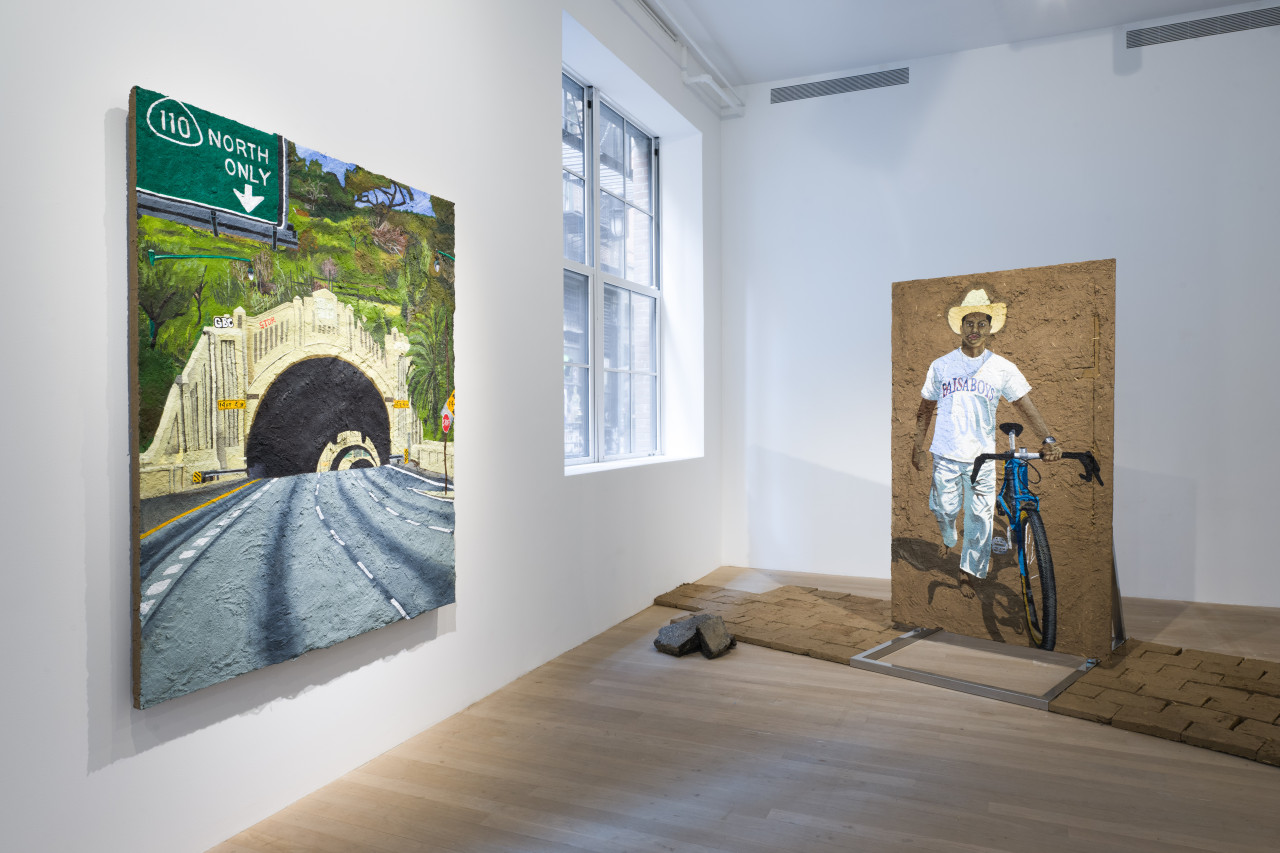
Portraits of individuals navigating space populate the exhibition, highlighting the historical disconnection between working-class brown and Black communities and their ties to the land. In addition, the artist makes sure to feature members of the queer community. Adorning the walls are representations of Los Angeles’ 110 Freeway, showcasing its concrete passages and embankments. Concurrently, the images emphasize their adaptations of mobile vehicles like bicycles, automobiles, and trucks. The visual aesthetics of these modifications, emblematic of happiness, festivity, solace, and unity, emerge as a pivotal component in the creation of Esparza’s composite sculptures.
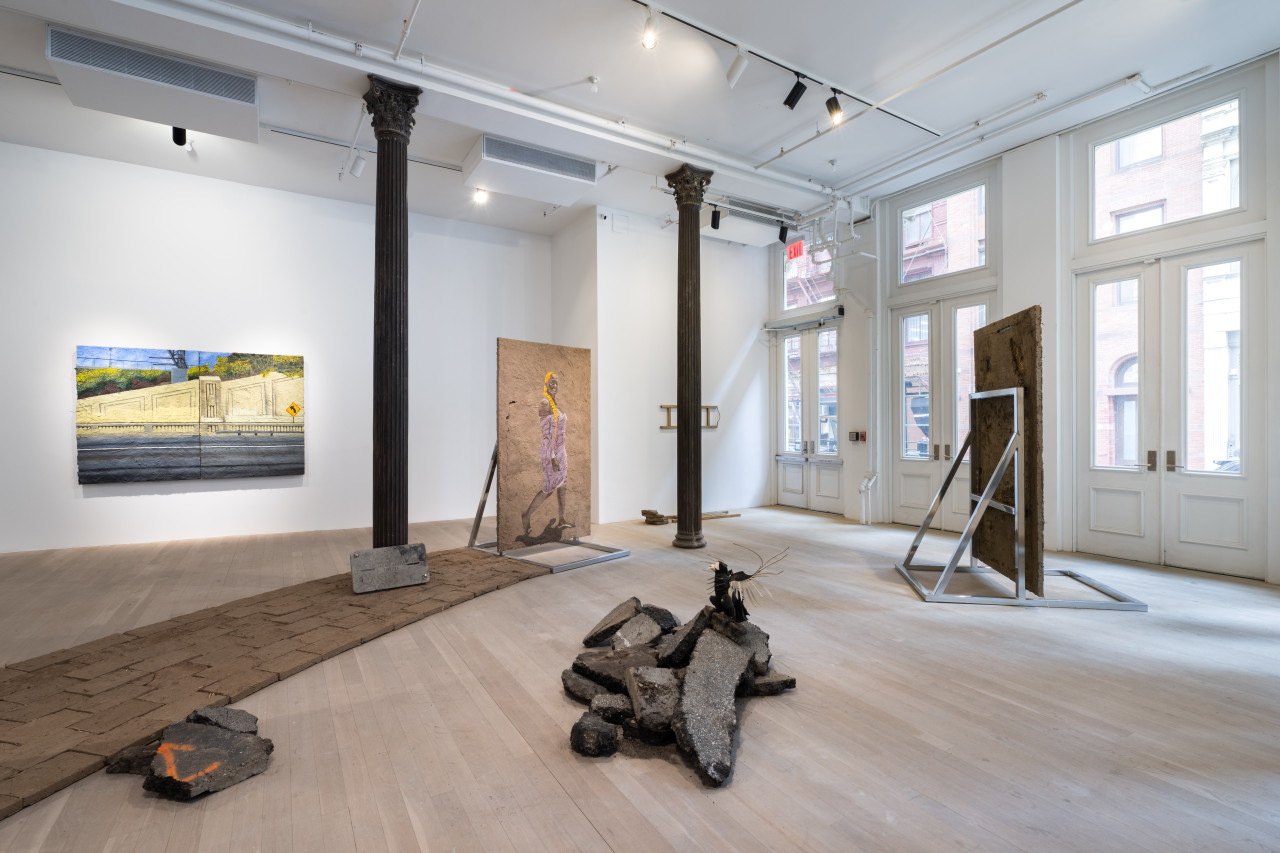
Camino (which in Spanish can either mean “road” or “I walk”) is both a monologue and a dialogue. While not only conveying his message, Esparza is calling on his viewers to think and respond. In a space of urban revitalization, Camino is asking us to question the nature of the transformations: how do we do it in a way that is more sustainable for the communities affected by it?
The exhibition will be closing on August 19th and is display at ARTISTS SPACE.
rafa esparza (b. 1981, Los Angeles; lives and works in Los Angeles) received a BA from University of California, Los Angeles in 2011. Solo exhibitions have been held at Artists Space, New York (forthcoming); Commonwealth and Council, Los Angeles (2021); MASS MoCA, North Adams (2019); ArtPace, San Antonio (2018); and Ballroom Marfa (2017). Selected group exhibitions have been held at Commonwealth and Council, Mexico City (2022); Museum of Contemporary Art, Tucson (2022); Moody Center for the Arts, Rice University, Houston (2020); San Diego Art Institute (2019); Whitney Museum of American Art, New York (2017); and Hammer Museum, Los Angeles (2016). esparza is a recipient of the Perez Prize (2022), the Latinx Artist Fellowship (2021), Lucas Artist Fellowship (2020), Louis Comfort Tiffany Foundation Award (2017), and Art Matters Foundation Grant (2014). He has participated in residencies of Artpace San Antonio (2018) and Wanlass Artist In Residence, Oxy Arts, Eagle Rock (2016).
Featured Image Via ARTISTS SPACE
